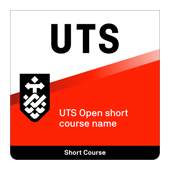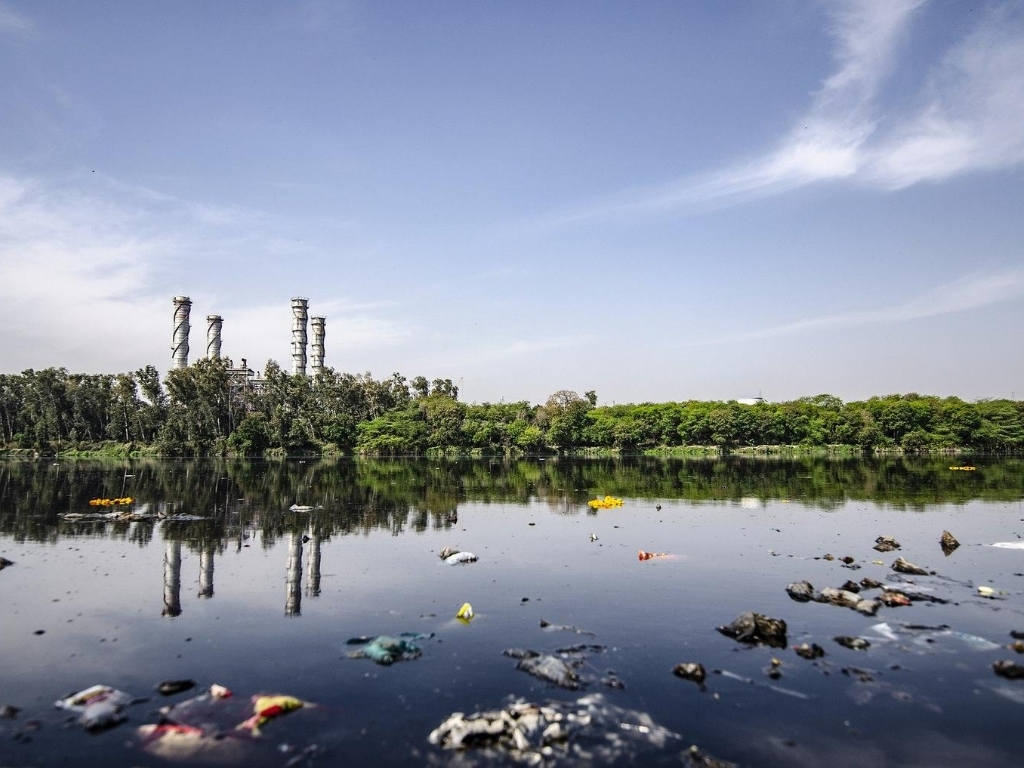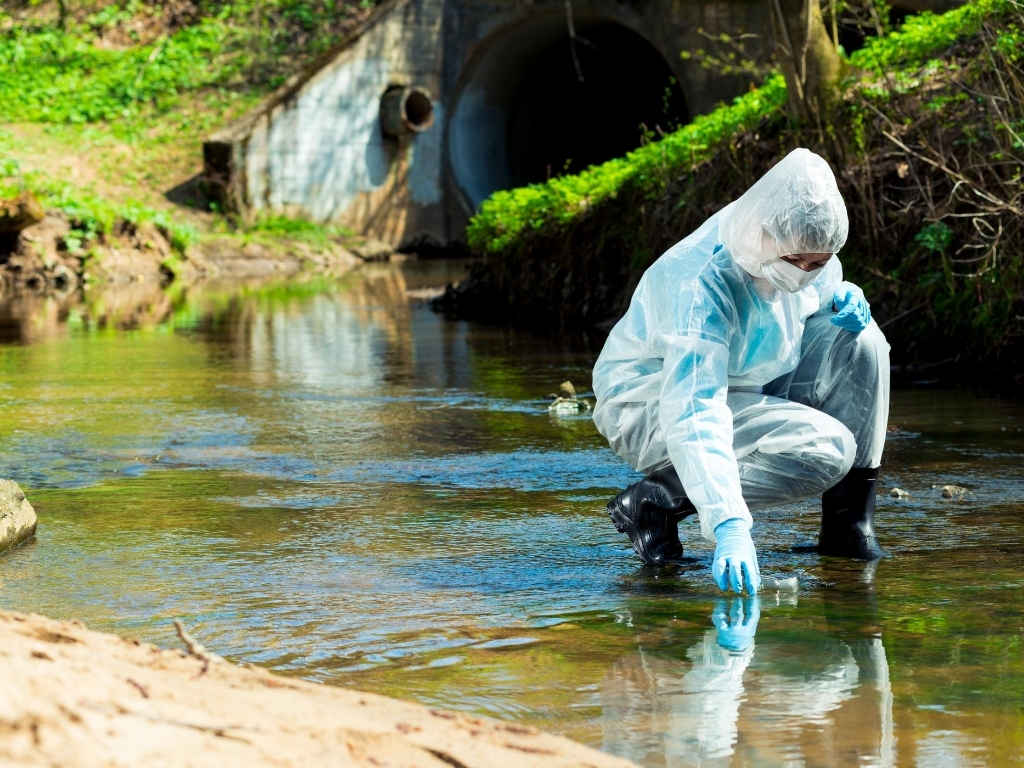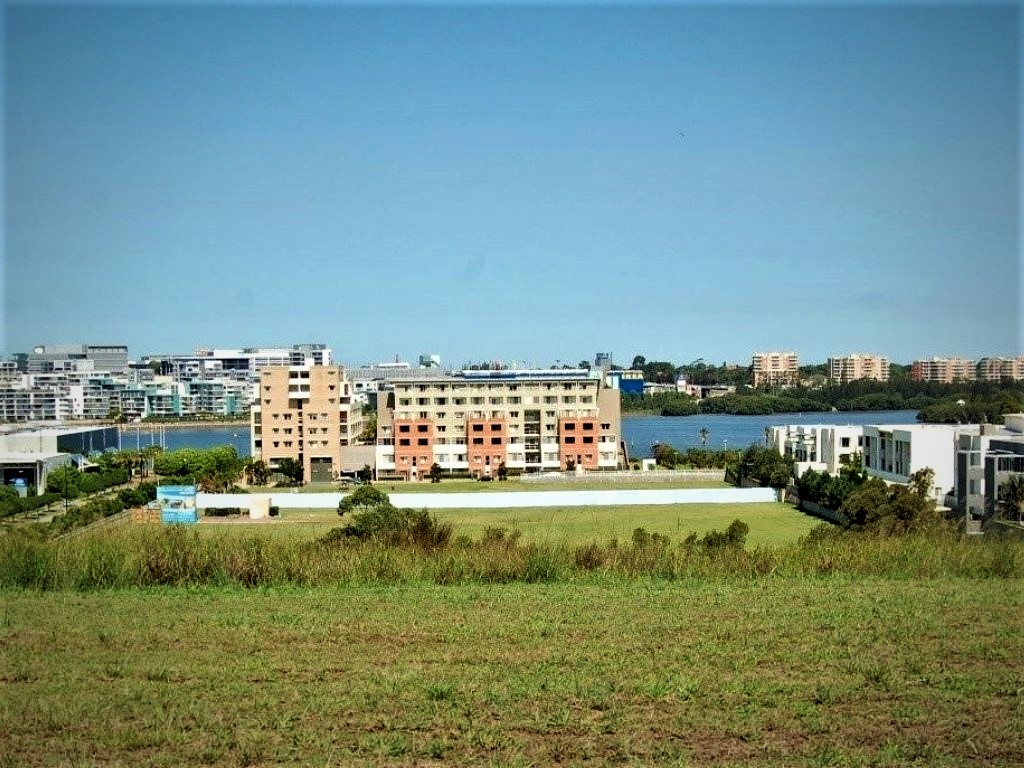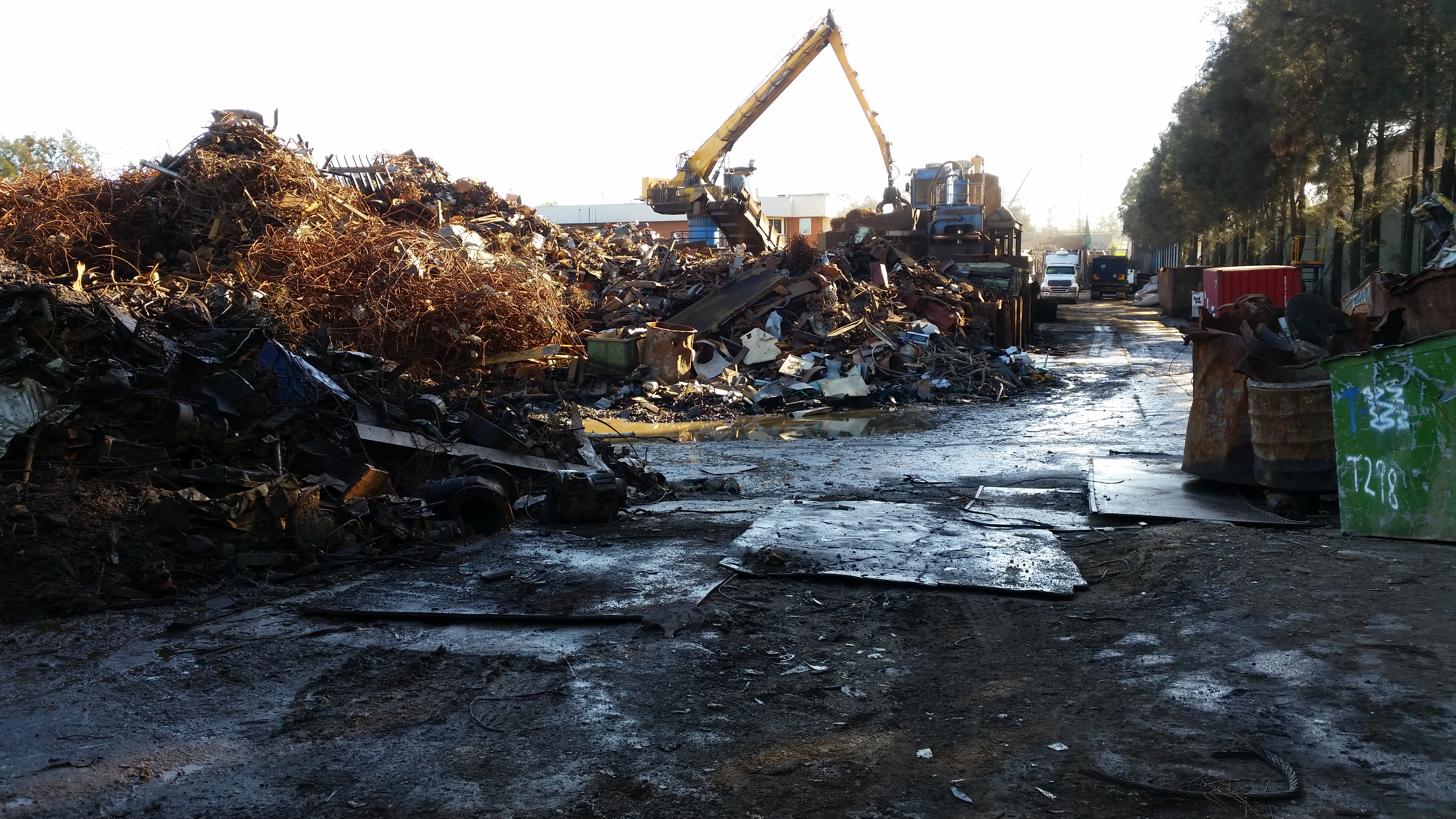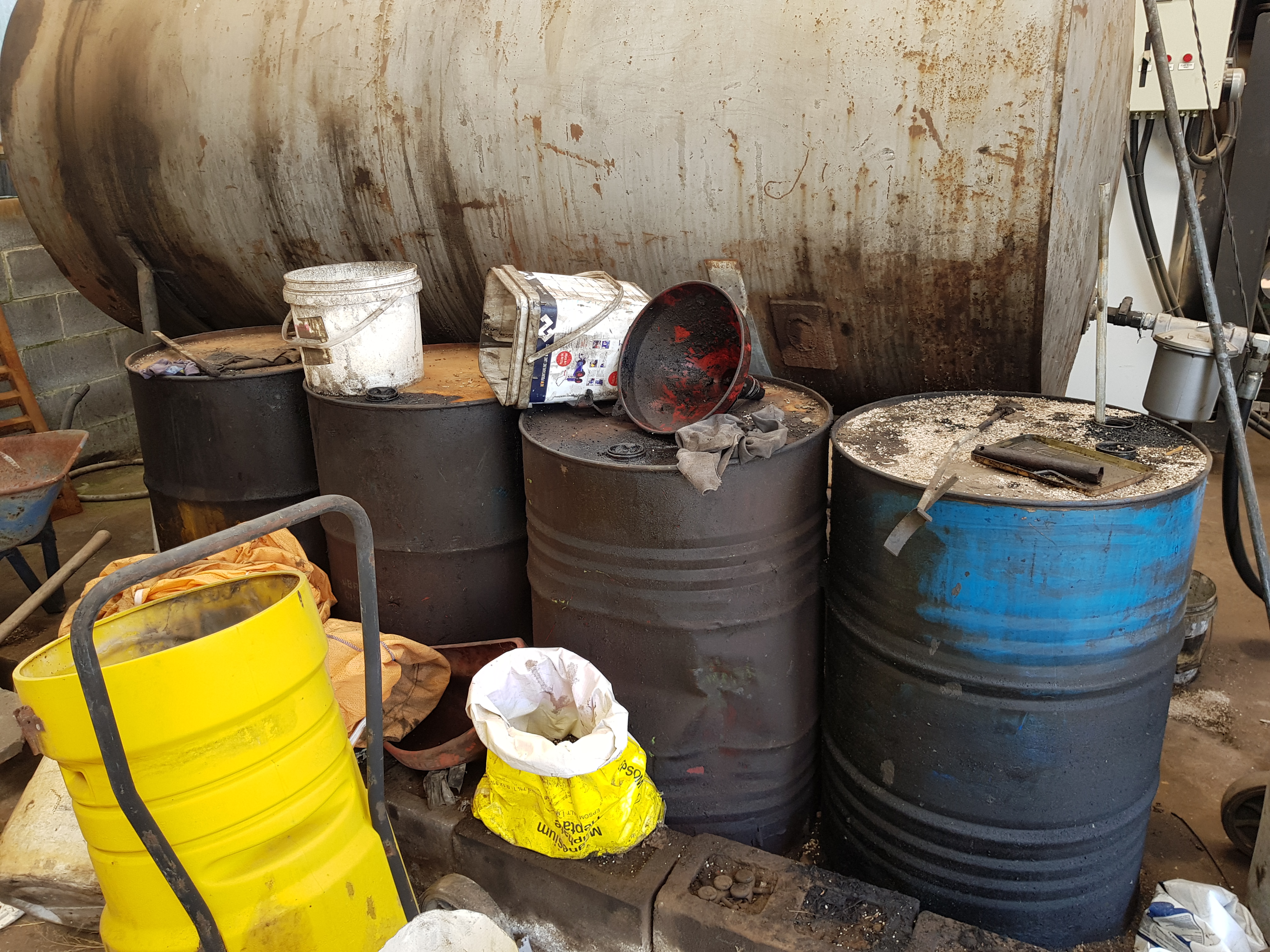Discounts are available for this course as follows:
- Early bird until 26 February 2025 (use CSARMEBA): 10% discount
- Online only attendance (Modules A CD E only): 12% discount (use 4MUfNkBy)
- Professional association membership e.g. ACLCA, EIANZ, Engineers Australia, Soils Science Australia: 10% discount
- 2+ modules or 2+ learner enrolments in CSARM: 13% discount.
Discounts cannot be combined and only one discount can be applied per person per course session. Discounts can only be applied to the full price. Discounts cannot be applied to any offered special price.
How to obtain your discount code
Please email sophieann.wood@uts.edu.au with one of the below:
- Your online only attendance request (Modules A CD E only)
- Your professional association organisation name and membership number
- Details of your 2+ modules or 2+ learner CSARM enrolments.
How to apply your discount code
- Add this course to your cart.
- Click on "View Cart" (blue shopping trolley at top right of screen). You will need to sign in or sign up to UTS Open.
- Enter your eligible code beneath the "Have a discount code?" prompt and click on the blue "Apply" button.
- Verify your discount code has been successfully applied before clicking on the blue "Proceed to checkout" button.








